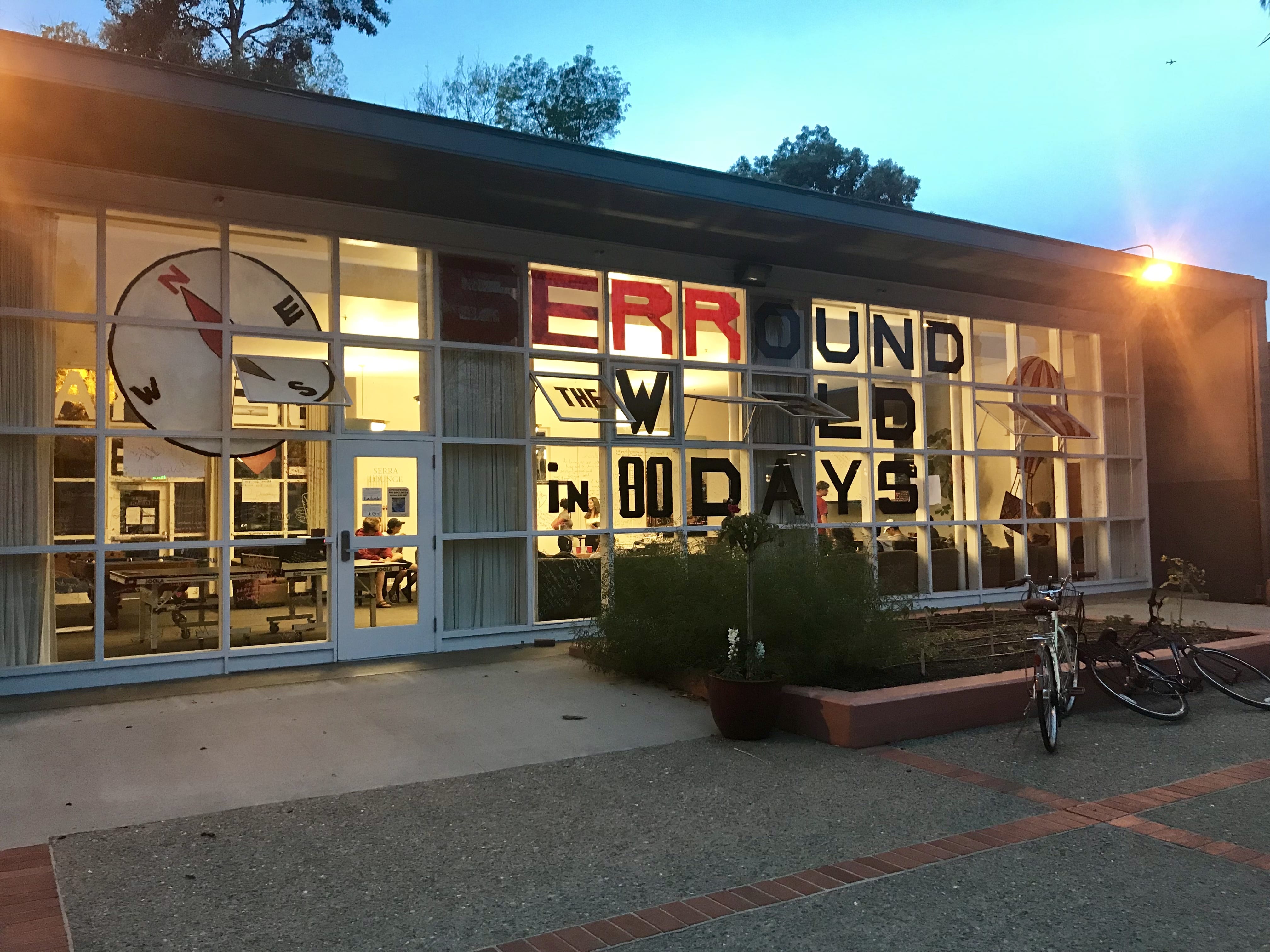Stanford’s Native American community has issued a statement praising the University’s decision to rename some campus features honoring California mission system founder Junipero Serra, who has been criticized for his mistreatment of Native Americans.
The statement, sent to Stanford President Marc Tessier-Lavigne and co-authored by Stanford American Indian Organization (SAIO) chairs Carson Smith ’19, Will Paisley ’20 and Gabriel Saiz ’20; Native American Cultural Center (NACC) staff members Karen Biestman, Denni Woodward and Greg Graves; and Chair of Native American Studies Teresa LaFromboise, wrote that the decision is an “important milestone.”
“We especially honor the many voices of Stanford students, staff and faculty who engaged in thoughtful inquiry, compelling conversations and scholarly research to better understand the complex impact of the Serra name and legacy for over three years,” they wrote. “We also acknowledge the extensive work of the Renaming Committee that generated the reasoned recommendation to rename, as well as the support of the Board of Trustees.”
Stanford announced its decision to rename the freshman dorm Serra as well as Serra House, an academic building in the Clayman Institute for Gender Studies, on Sept. 17. The University also decided to take steps towards gaining approval from Santa Clara County and the U.S. Postal Service to rename Serra Mall — which appears in Stanford’s official address — to Jane Stanford Way.
At the time of publication, the new names for Serra House and the Serra dorm had yet to be determined.
Though the name of Serra Street, which stretches from the end of Serra Mall to El Camino Real, will retain its name, Smith said that the three places Stanford has chosen to rename are “the most critical.”
With regard to having their voices incorporated in the decision-making process, Smith said the Native community is pleased that the committee, though slow to do so, heard out their point of view.
On May 30, the 20th Undergraduate Senate rejected two non-Native students nominated to the renaming committee tasked with applying University renaming principles to Serra.
“Part of the reason why these committees cannot fulfill their job is because they don’t have Native voices on the committee in order to make these decisions,” Senator Tyra Nicolay ’21 said at the time.
After the Senate meeting, the Committee reached out to Karen Biestman, the director of the NACC, to request a meeting. Biestman responded on behalf of the Native community by requesting that discussion take the form of a “peacemaking circle,” a form of indigenous conflict resolution.
In the peacemaking circle, committee members and Native students each expressed one by one what they wanted out of the discussion — such as honesty and empathy — and what their feelings were toward both the renaming process or Serra himself. Smith acted as a mediator for the circle.
“I think, eventually, that talking circle showed the committee that there was a mental health component in having Serra’s name on campus and was part of the reason so many places are going to be renamed this year,” Smith said.
Committee chair and former Stanford Law Dean Paul Brest echoed this sentiment.
“What came through to all of us — and I speak for all the committee members who were there — was a sense of sincere passion about their felt harms that Native Americans felt from Serra,” Brest told The Daily on Sept. 17. “There was a tremendous empathy and association of Native American experiences, wherever they came from, with each other.”
This discussion came after two years of campus controversy. An initial committee, convened in 2016 by former Stanford President John Hennessey to address the issue, failed to reach a conclusion and was dissolved in late 2017, at which point Tessier-Lavigne formed two committees: one to set out general renaming principles and one to apply them to Serra specifically.
Smith, who acted as a student representative on the initial committee, suggested that this committee was tasked with too much and didn’t know where to begin with approaching the issues. She also said that the diverse disciplines the committee members represented — from history to English to psychology — may have stalled progress.
“When you have people coming from different methodologies and different viewpoints and different academic areas, those more easily clash, which also leads to difficulties in deciding what process you want to go forward with,” Smith said.
David Kennedy, the chair of the committee, has not yet responded to a request for a comment.
Though the University ultimately reached a decision to rename certain Serra sites, the Native community said that this is not the end of the discussion.
“There are always more ways so that we can honor those marginalized voices and bring those voices and perspectives in our day to day lives,” Smith said. “I think that’s important to realize, but you do need to celebrate your victories.”
This report will be updated pending comment from Kennedy.
Contact Julia Ingram at jmingram ‘at’ stanford.edu.
